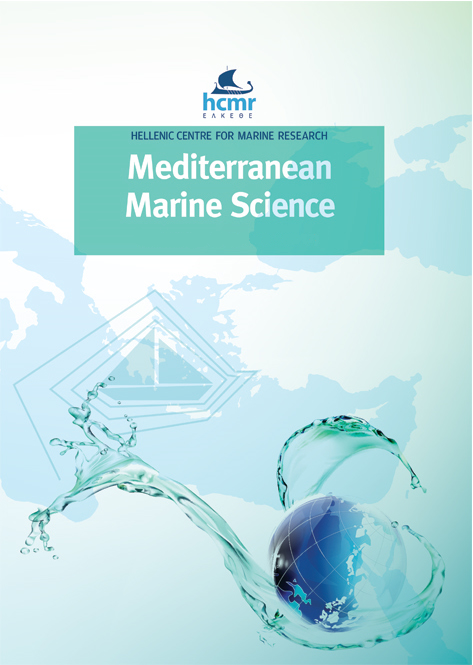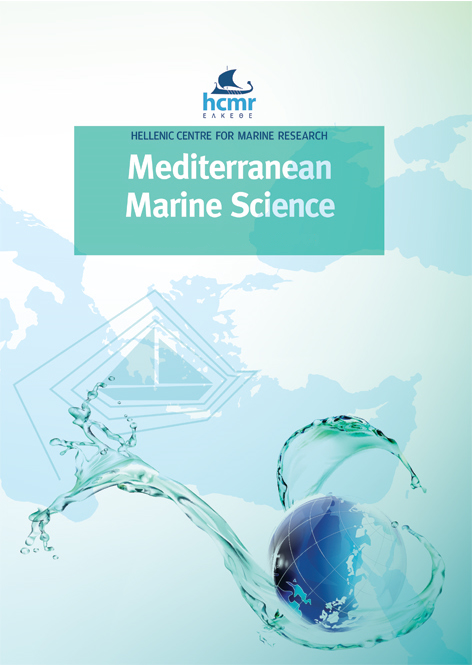First sighting of a pelagic seabird entangled in a disposable COVID-19 facemask in the Mediterranean Sea
Abstract
Seabirds are increasingly recognized as important bio-indicators of marine ecosystems that are useful in assessing environmental disturbance on the marine biota. Over the period 2020-22 and during the first national systematic recording of the sea waters surrounding the Republic of Cyprus, we recorded the spatio-temporal presence, abundance and behaviour of seabirds using the ESAS (European Seabirds At Sea) methodology. Here we present the observation of an accidentally entangled pelagic seabird in COVID-19 material which to the best of our knowledge is the first incident in the Mediterranean Basin. The systematic recording of entangled marine birds in personal protective equipment (PPE) used to prevent COVID-19 transmission worldwide seems to be of crucial importance for one of the most important emerging threats for the conservation of seabirds at global scale.
Article Details
- Come citare
-
KARRIS, G., SAVVA, I., KAKALIS, E., BAIRAKTARIDOU, K., ESPINOSA, C., SMITH, M. S., BOTSIDOU, P., MOSCHOUS, S., VOULGARIS, M.-D., PEPPA, E., PANAYIDES, P., HADJISTYLLIS, H., & IOSIFIDES, M. (2023). First sighting of a pelagic seabird entangled in a disposable COVID-19 facemask in the Mediterranean Sea. Mediterranean Marine Science, 24(1), 50–55. https://doi.org/10.12681/mms.31918
- Fascicolo
- V. 24 N. 1 (2023): VOL 24, No 1 (2023)
- Sezione
- Short Communication
Authors who publish with this journal agree to the following terms:
- Authors retain copyright and grant the journal right of first publication with the work simultaneously licensed under a Creative Commons Attribution Non-Commercial License that allows others to share the work with an acknowledgement of the work's authorship and initial publication in this journal.
- Authors are able to enter into separate, additional contractual arrangements for the non-exclusive distribution of the journal's published version of the work (e.g. post it to an institutional repository or publish it in a book), with an acknowledgement of its initial publication in this journal.
- Authors are permitted and encouraged to post their work online (preferably in institutional repositories or on their website) prior to and during the submission process, as it can lead to productive exchanges, as well as earlier and greater citation of published work (See The Effect of Open Access).







